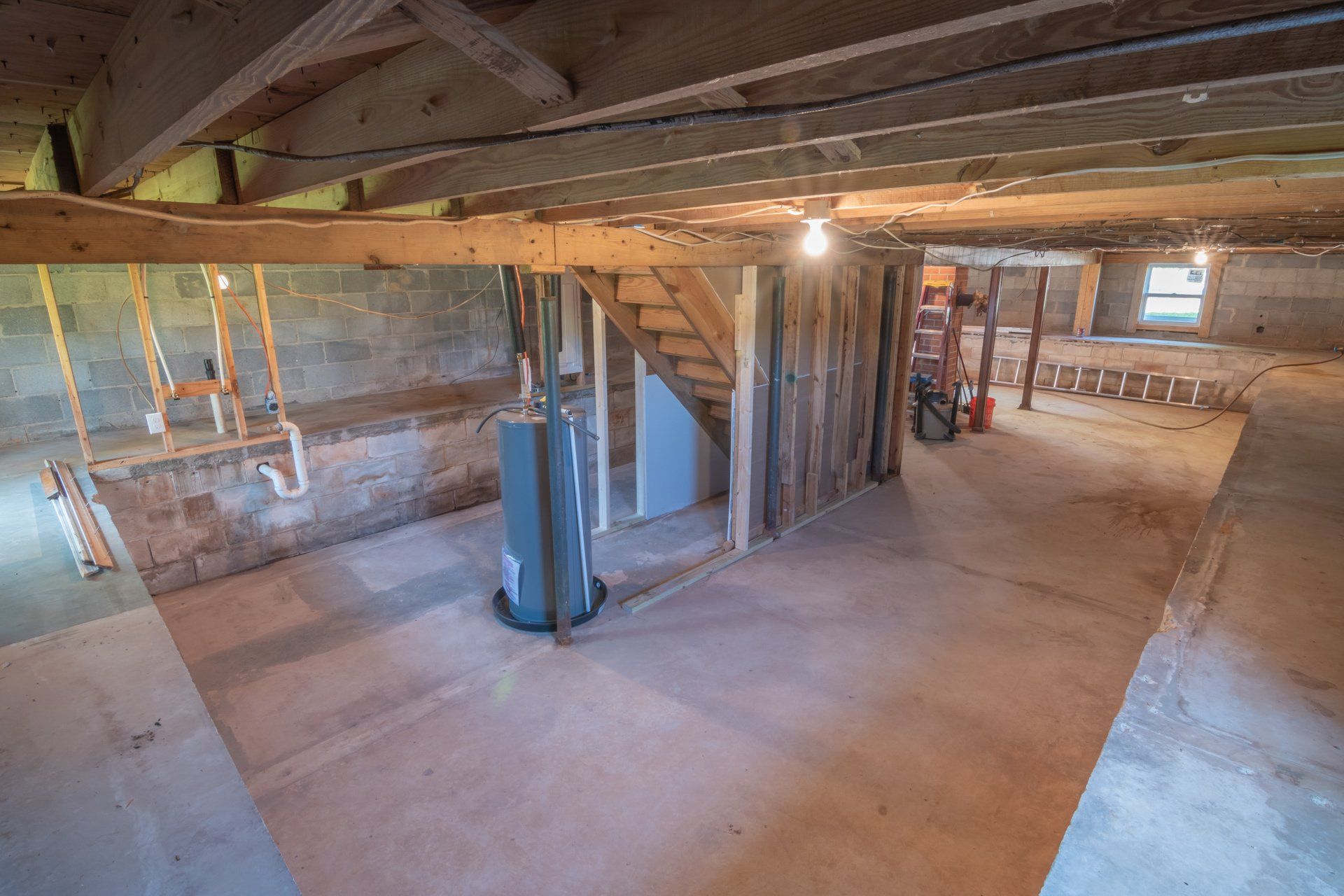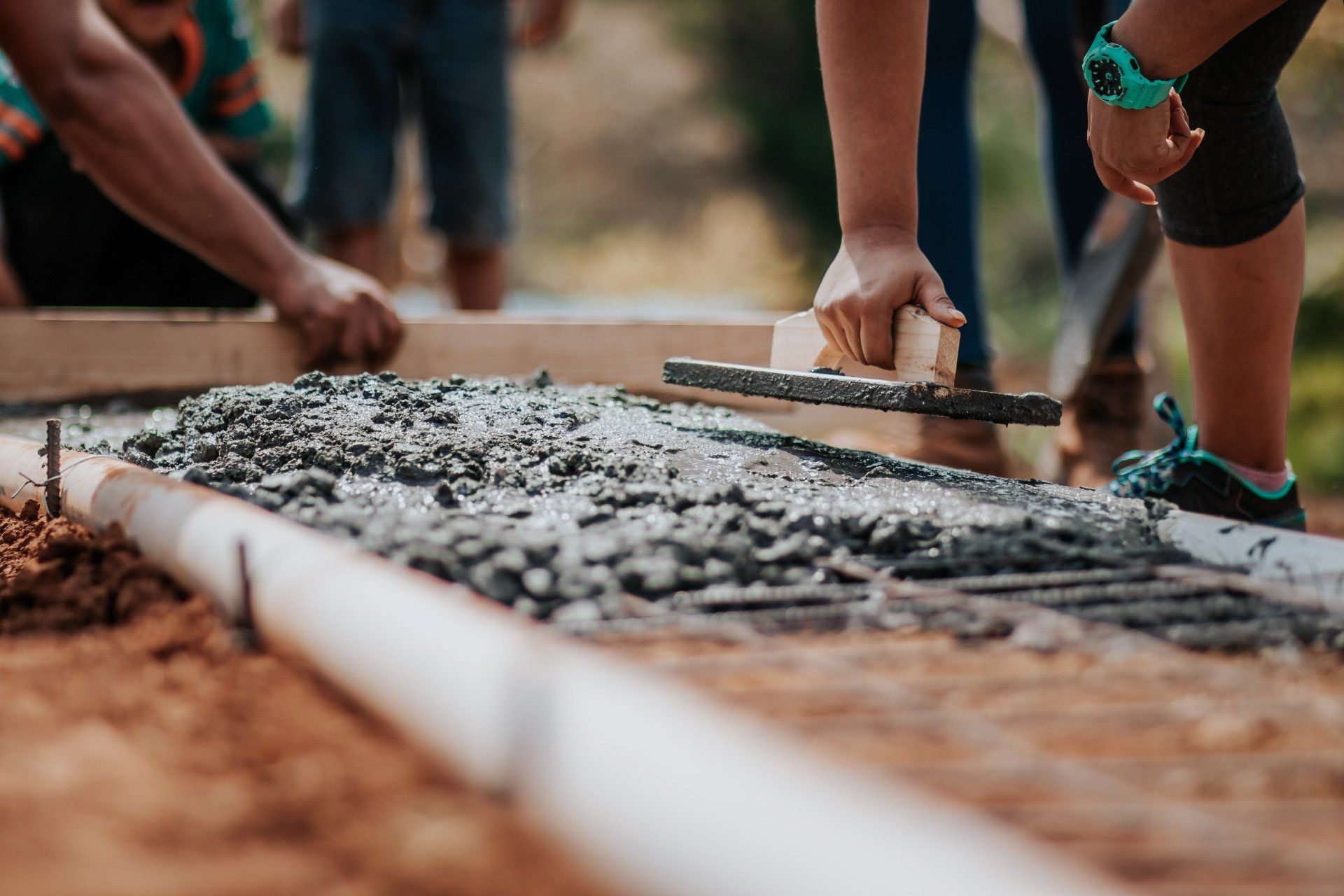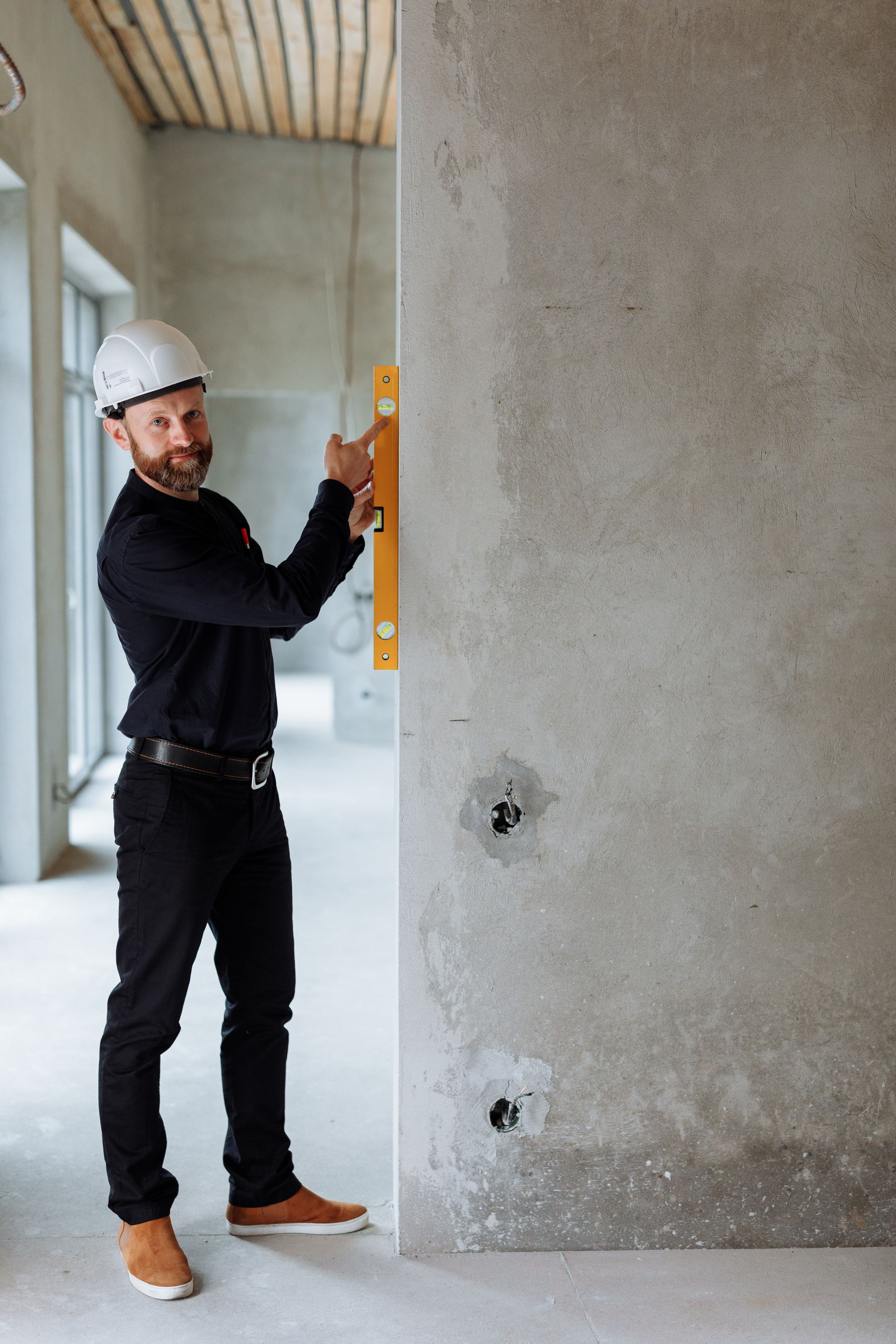Seal, Insulate, Protect: A Homeowner's Guide to Crawl Space Excellence
Optimizing Your Home’s Foundation for Durability and Comfort
Crawl spaces, often overlooked, play a crucial role in the overall health of your home. They can either contribute to its durability and energy efficiency or lead to a myriad of problems ranging from mold growth to structural damage. This comprehensive guide is designed to help homeowners navigate the complexities of crawl space maintenance, ensuring their home remains a safe, comfortable, and energy-efficient space. We’ll cover everything from waterproofing and insulation to dealing with mold in crawl spaces and basements.

Understanding the Importance of Crawl Space Solutions
A well-maintained crawl space contributes significantly to the air quality, energy efficiency, and structural integrity of your home. Crawl space solutions, including repair, encapsulation, and waterproofing, are essential services provided by crawl space contractors to address and prevent issues that can compromise the health of your home.
Seal: The First Step to Crawl Space Excellence
Sealing, often referred to as crawlspace encapsulation, is the process of creating a moisture barrier that prevents water vapor from entering the crawl space. This barrier is crucial for preventing mold growth and structural damage caused by moisture. Encapsulation involves covering the floor and walls of the crawl space with a heavy-duty polyethylene barrier and sealing it to the foundation walls. This is often combined with crawl space waterproofing techniques to redirect water away from the foundation, ensuring a dry and protected space.
Insulate: Enhancing Comfort and Efficiency
Crawl space insulation is a key factor in maintaining a comfortable temperature in your home and reducing energy costs. Proper insulation helps to keep the cold out during winter and the heat out during summer, making your living space more comfortable year-round. It also prevents the formation of condensation, which can lead to mold growth. Insulation materials vary, but they should always be moisture-resistant and properly installed to cover all exposed surfaces.
Protect: Long-Term Maintenance and Ventilation
Crawl space maintenance is an ongoing process that includes regular inspections and addressing any crawl space problems or issues promptly. Crawl space ventilation is also a critical aspect of maintaining a healthy crawl space. Adequate ventilation helps to control moisture levels, preventing the buildup of damp air that can foster mold growth. However, in some cases, especially with encapsulated crawl spaces, mechanical ventilation or dehumidifiers might be necessary to ensure proper air circulation.
Dealing with Mold: A Common Crawl Space Concern
Mold in crawl spaces and basements is a common issue due to the high moisture levels these areas can experience. Mold can compromise air quality and, if left unchecked, can lead to health problems for the home’s inhabitants. Addressing mold involves identifying and eliminating the source of moisture, cleaning the affected areas, and taking preventive measures like encapsulation and dehumidification to ensure it doesn’t return.
Crawl Space Experts and Contractors: Your Partners in Crawl Space Excellence
Crawl space contractors and experts specialize in providing solutions for crawl space repair, encapsulation, insulation, and more. They can assess your crawl space issues, recommend the best course of action, and perform the necessary work to ensure your crawl space is properly sealed, insulated, and protected against future problems.
Choosing the Right Contractor
When selecting a crawl space contractor, look for experienced professionals with a track record of success in providing crawl space solutions. Ensure they offer a comprehensive range of services to address all potential crawl space problems, from waterproofing and encapsulation to insulation and mold remediation.
The Role of Crawl Space Waterproofing
Waterproofing is a cornerstone of effective crawl space management. Beyond encapsulation, crawl space waterproofing might include installing a sump pump, French drains, or other drainage systems to manage water around and under your home. These solutions redirect water away from your foundation, preventing it from entering your crawl space and causing damage. Regular inspections are crucial to ensure these systems continue to function properly over time.
Advanced Crawl Space Insulation Techniques
When insulating your crawl space, it's important to choose materials and methods that suit your specific needs. Traditional fiberglass insulation can be effective but may absorb moisture if not properly protected. Foam board and spray foam insulation offer alternatives that not only insulate but also add a moisture barrier. These materials can be more effective in preventing energy loss and protecting against moisture. It's also crucial to insulate any pipes or ductwork in the crawl space to prevent freezing in winter and condensation in summer.
Ventilation vs. Dehumidification
The debate between crawl space ventilation and dehumidification is ongoing. In some climates, ventilation can introduce more moisture into the crawl space, especially during humid months, which can exacerbate mold and mildew issues. In these cases, installing a dehumidifier might be a more effective solution to control moisture levels. A crawl space expert can help determine the best approach for your home, considering your local climate and specific crawl space conditions.
The Importance of Regular Crawl Space Inspections
Regular inspections are key to identifying potential crawl space issues before they become major problems. These inspections should check for signs of moisture, mold growth, pest infestations, and structural damage. Early detection allows for more straightforward, less costly interventions. Homeowners should schedule professional inspections annually or more frequently if previous issues have been identified.
Addressing Crawl Space Issues Holistically
Solving crawl space problems often requires a holistic approach that considers the entire home environment. For example, improving gutter and downspout systems can prevent water from pooling around the foundation and entering the crawl space. Landscaping and grading the land around your home to slope away from the foundation can also help direct water away from the crawl space.
Mold Remediation and Prevention Strategies
If mold is found in your crawl space or basement, professional remediation may be necessary to safely and effectively remove it. After removal, preventing mold's return involves controlling moisture through encapsulation, waterproofing, and possibly installing a dehumidifier. Sealing leaky ducts and improving overall home ventilation can also reduce humidity levels, making your home less hospitable to mold.
Leveraging Crawl Space Solutions for Home Efficiency
An optimized crawl space contributes to your home's overall energy efficiency. By sealing, insulating, and controlling moisture, you can reduce the energy required to heat and cool your home, leading to lower utility bills and a more comfortable living environment. Energy-efficient crawl space solutions can also qualify homeowners for rebates or incentives, providing additional savings.
Conclusion: A Commitment to Crawl Space Excellence
Achieving and maintaining crawl space excellence is an ongoing commitment that offers significant rewards, including improved home comfort, energy efficiency, and indoor air quality. By understanding the key aspects of crawl space management—sealing, insulating, protecting, and regular maintenance—homeowners can ensure their crawl space supports the health and longevity of their entire home. Working with experienced crawl space contractors and experts, homeowners can navigate the complexities of crawl space maintenance and enjoy the peace of mind that comes with a well-protected home.




